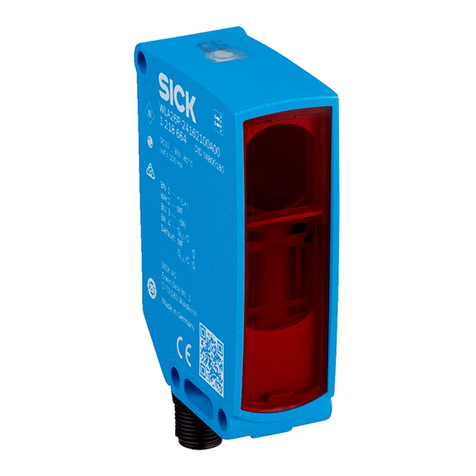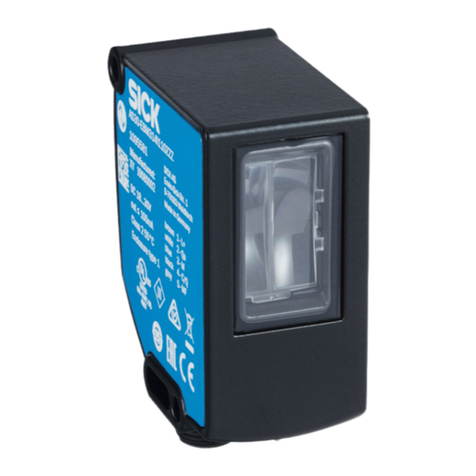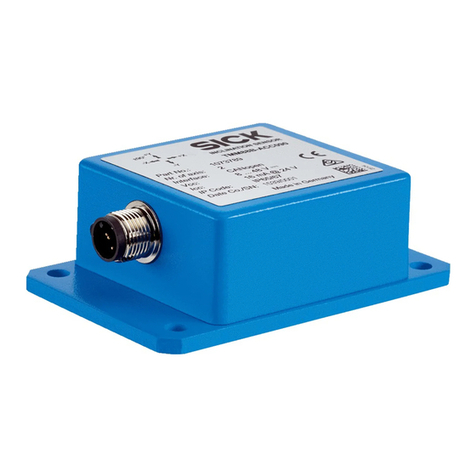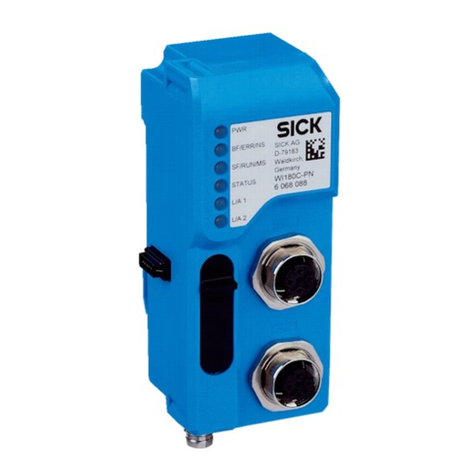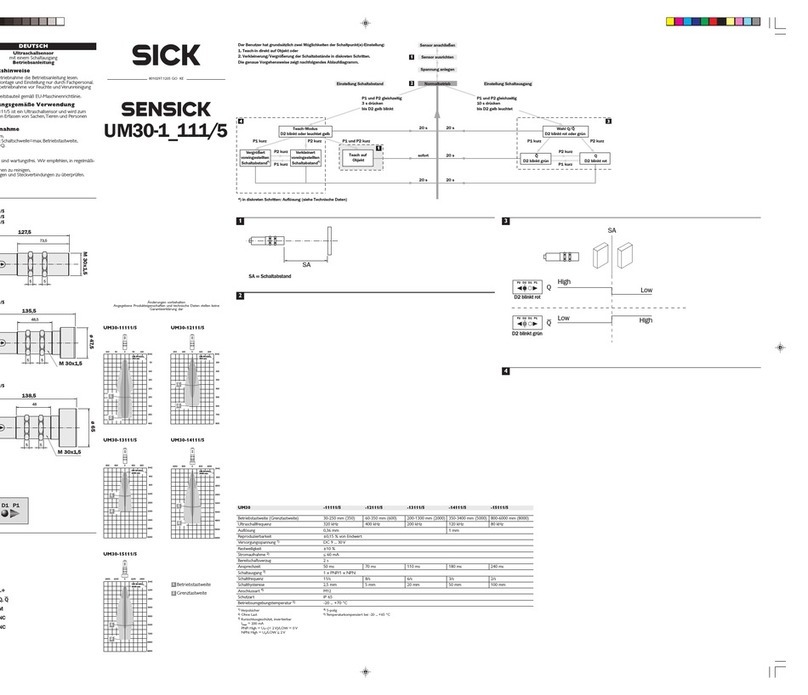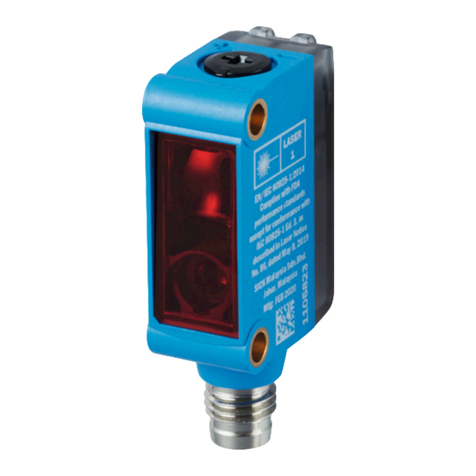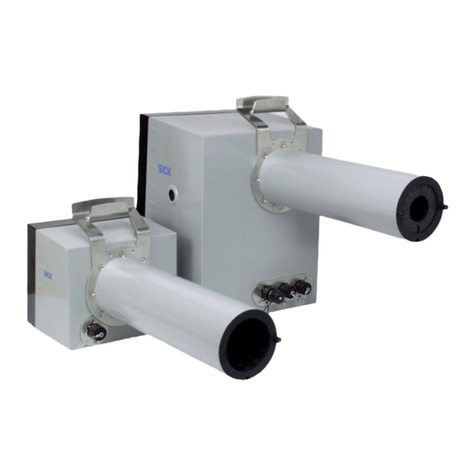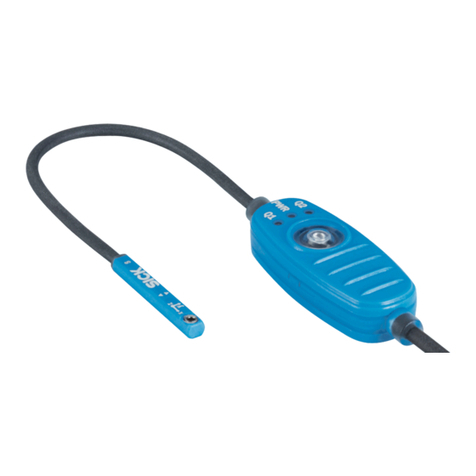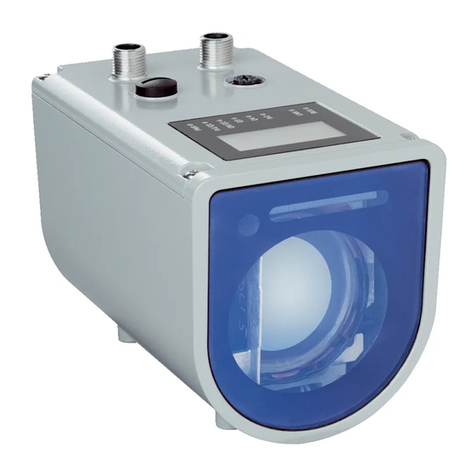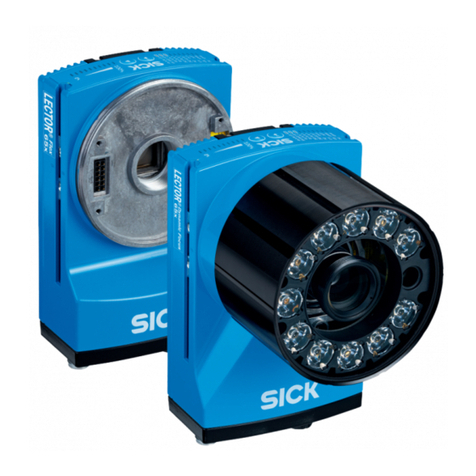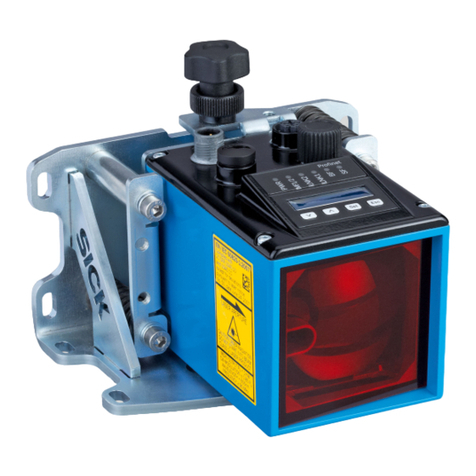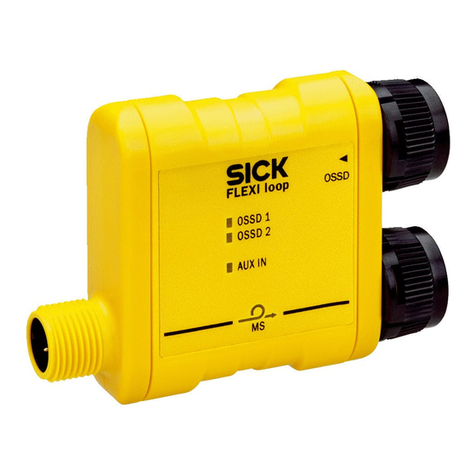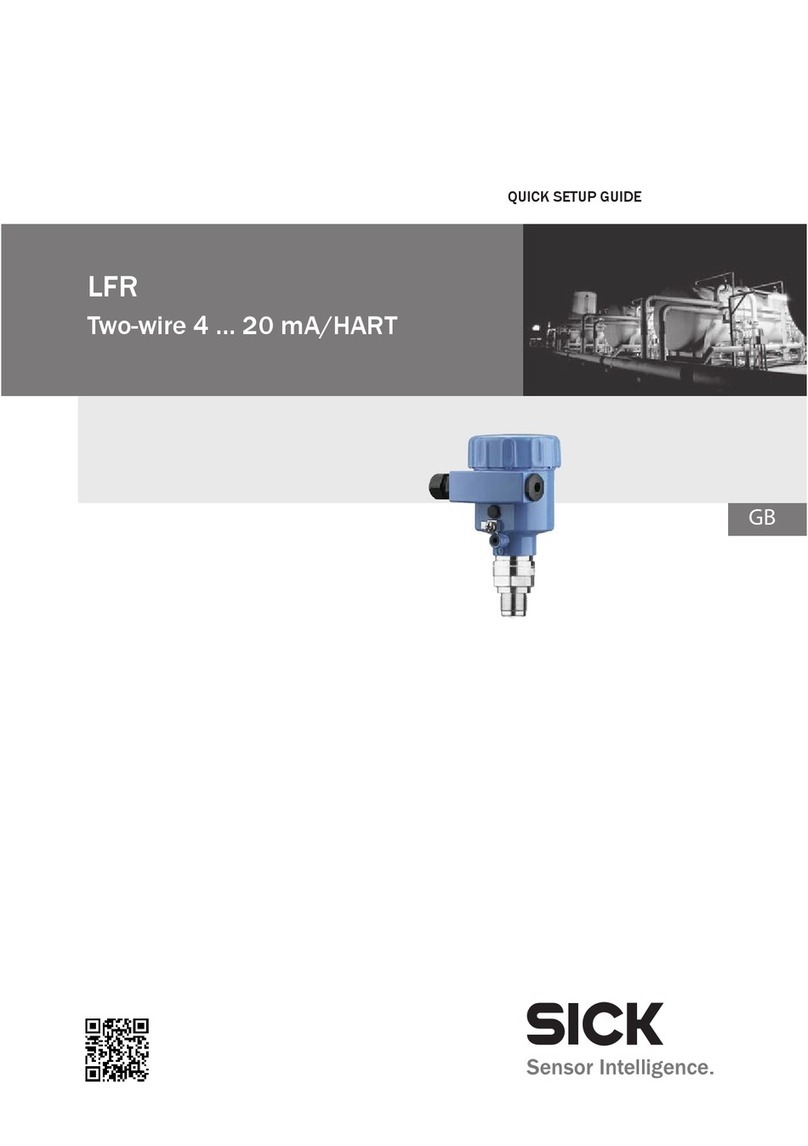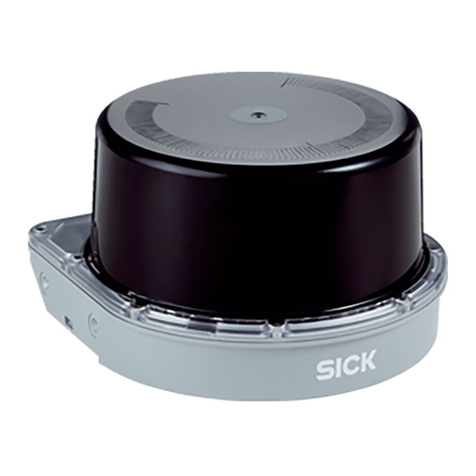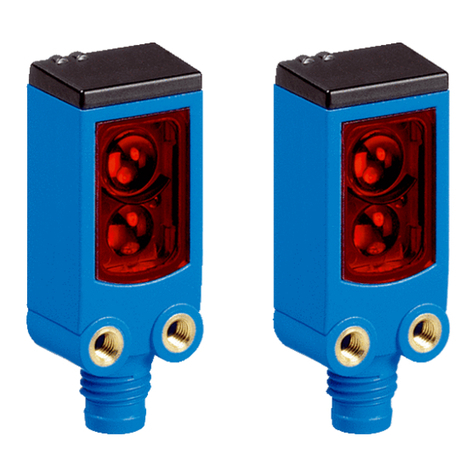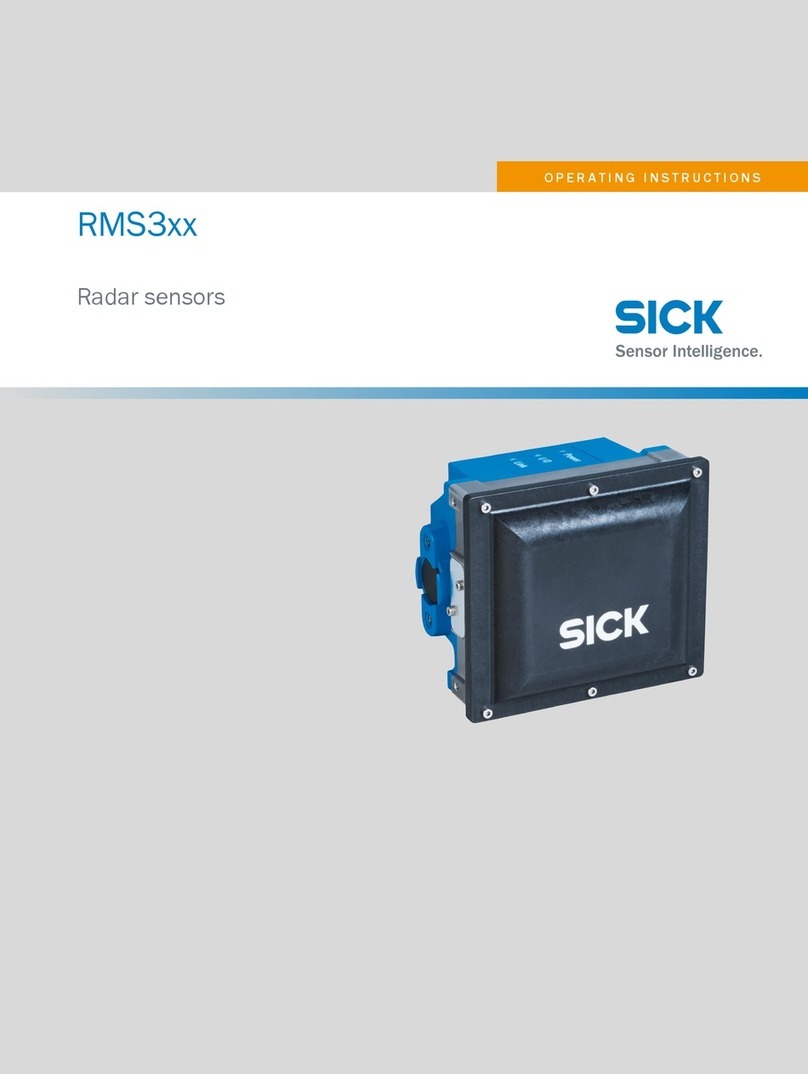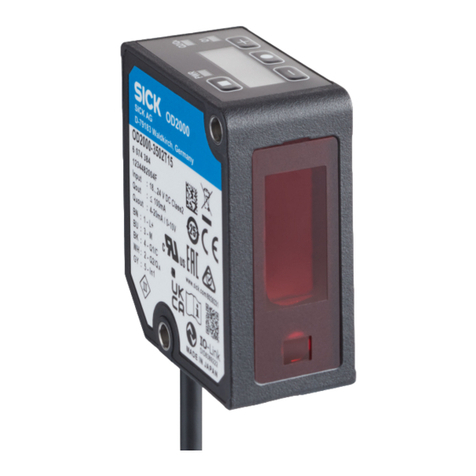
Contents
1 Safety information............................................................................ 4
1.1 General safety notes................................................................................ 4
1.2 Notes on UL approval............................................................................... 4
2 Intended use...................................................................................... 4
3 Operating and status indicators...................................................... 4
4 Mounting............................................................................................. 5
5 Electrical installation........................................................................ 5
6 Additional functions.......................................................................... 7
7 Commissioning.................................................................................. 8
7.1 Alignment.................................................................................................. 8
7.2 Check the application conditions............................................................ 9
7.3 Sensing range setting............................................................................... 11
7.4 Time function setting................................................................................ 12
7.5 Setting light/dark switching..................................................................... 13
8 Process data structure..................................................................... 13
9 Troubleshooting................................................................................. 13
10 Disassembly and disposal............................................................... 14
11 Maintenance...................................................................................... 14
12 Technical data.................................................................................... 15
12.1 Dimensional drawings.............................................................................. 15
CONTENTS
8020357.19RH / 15.01.2021 | SICK
Subject to change without notice 3
